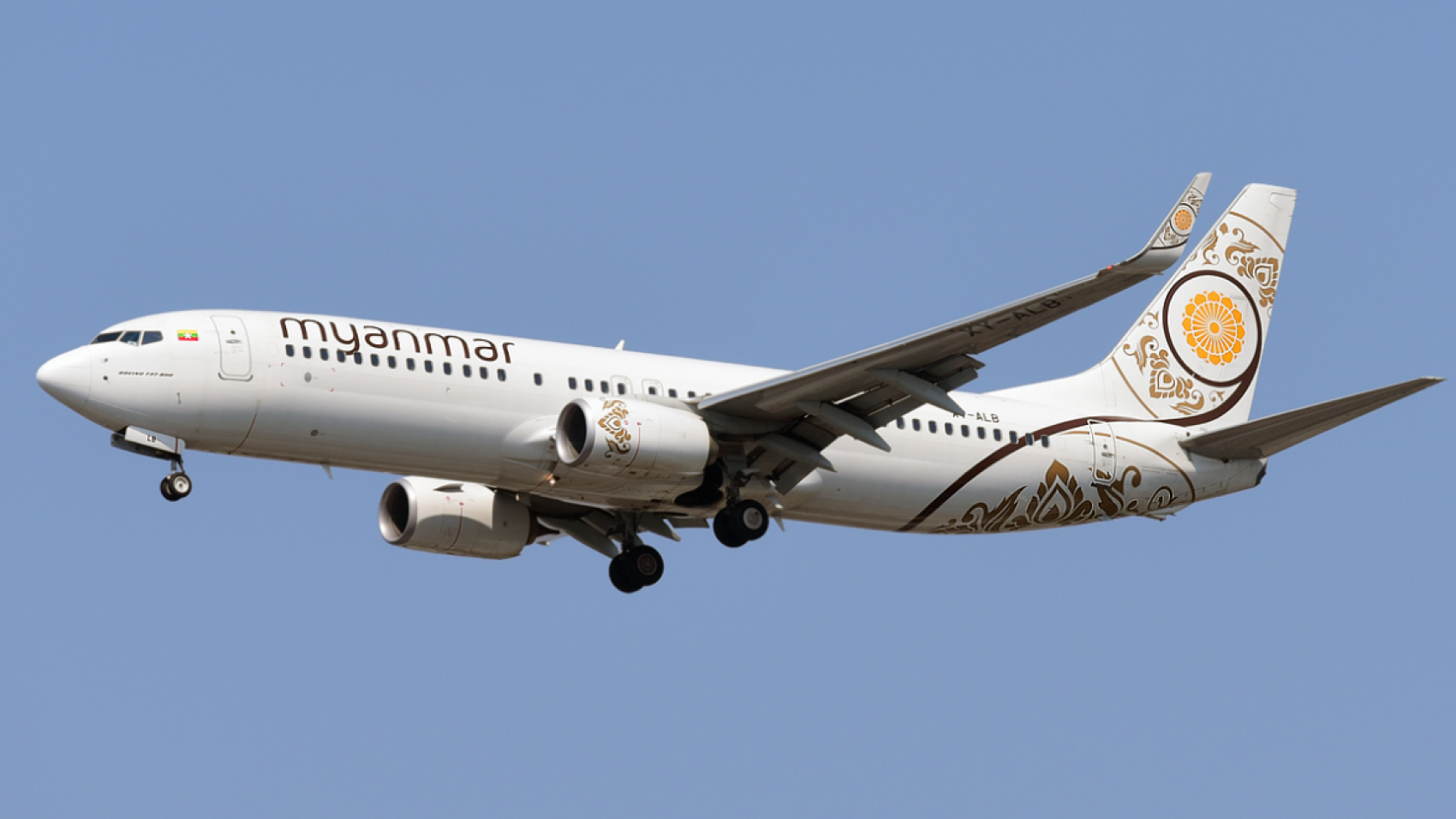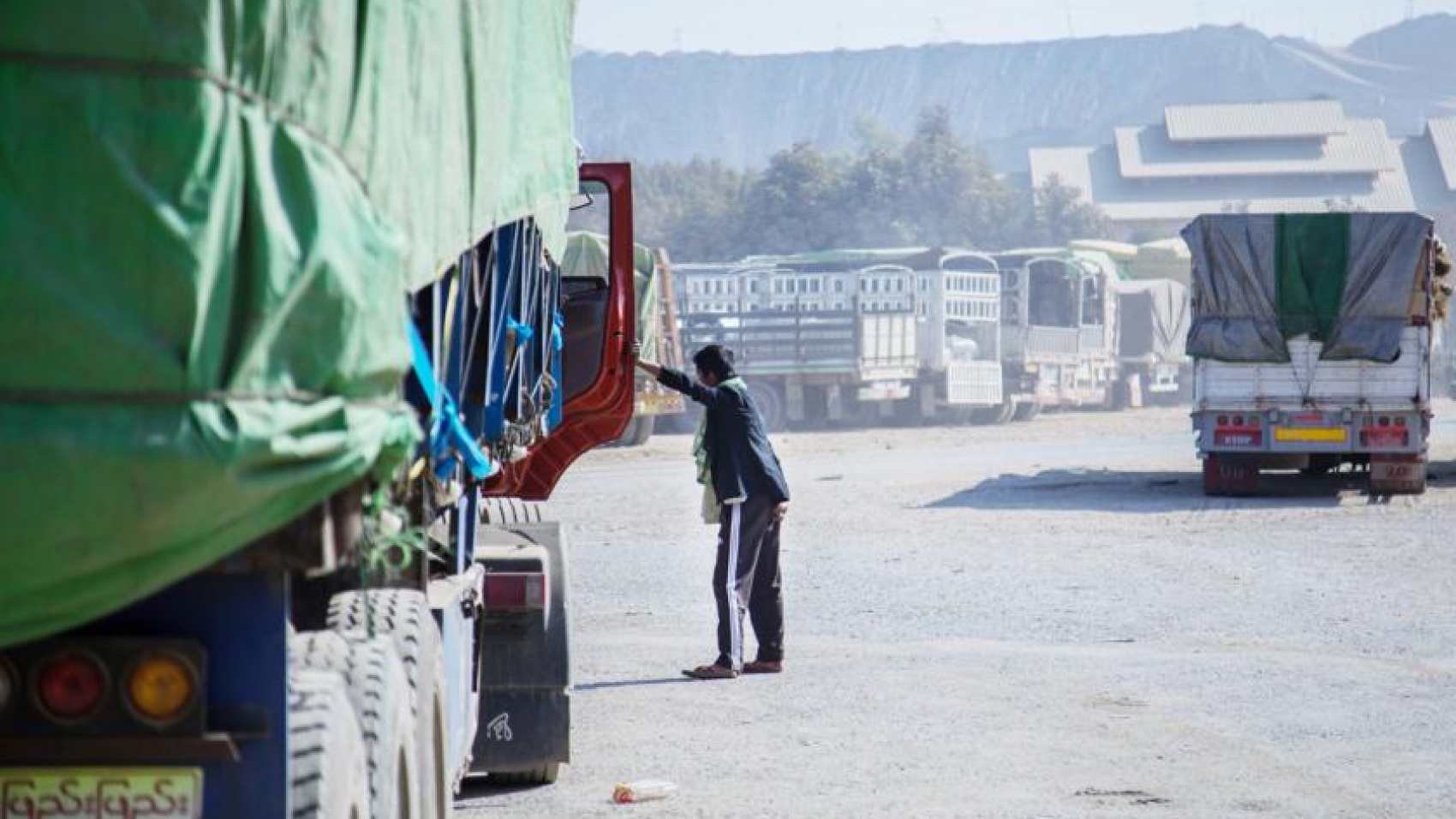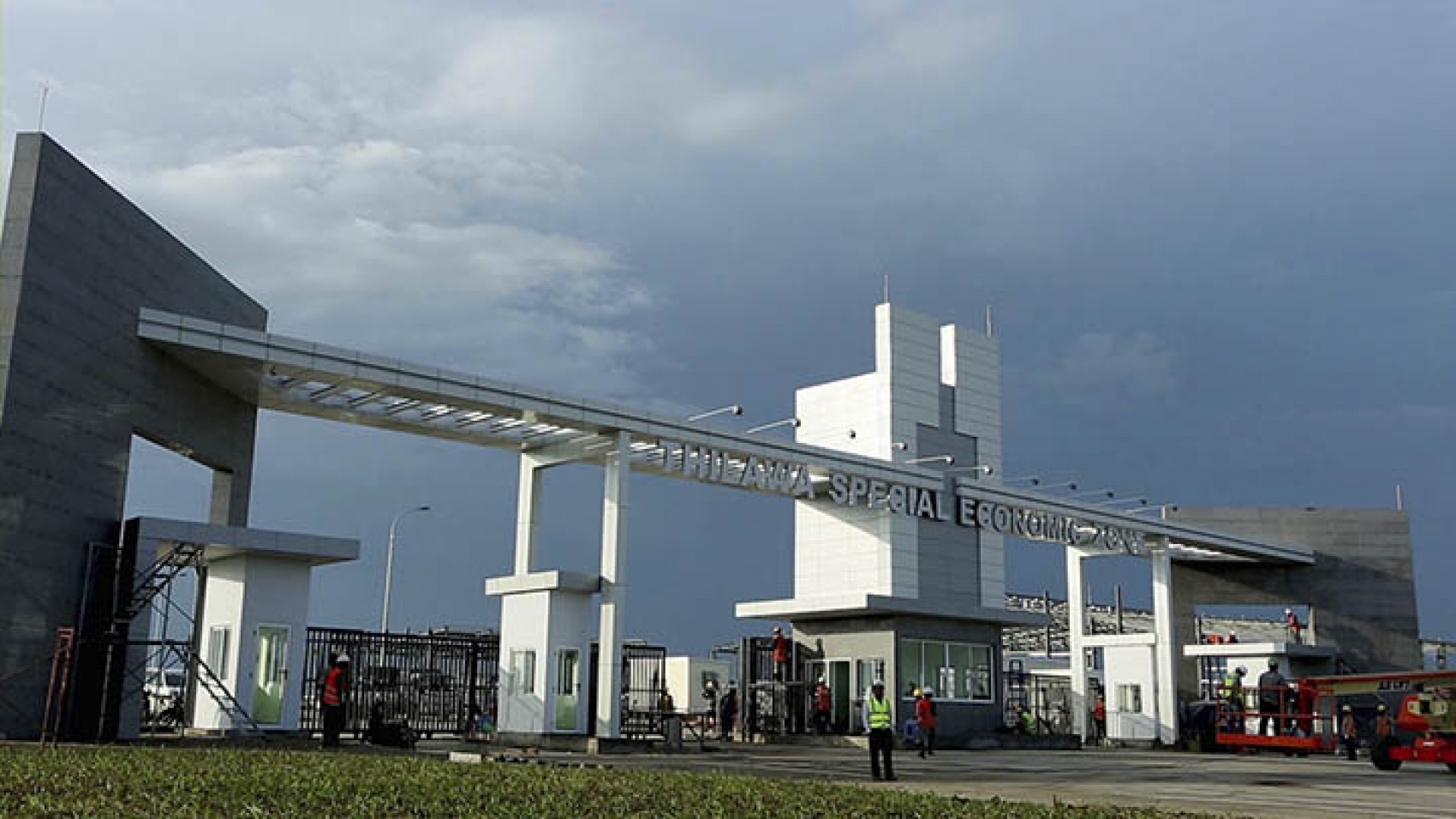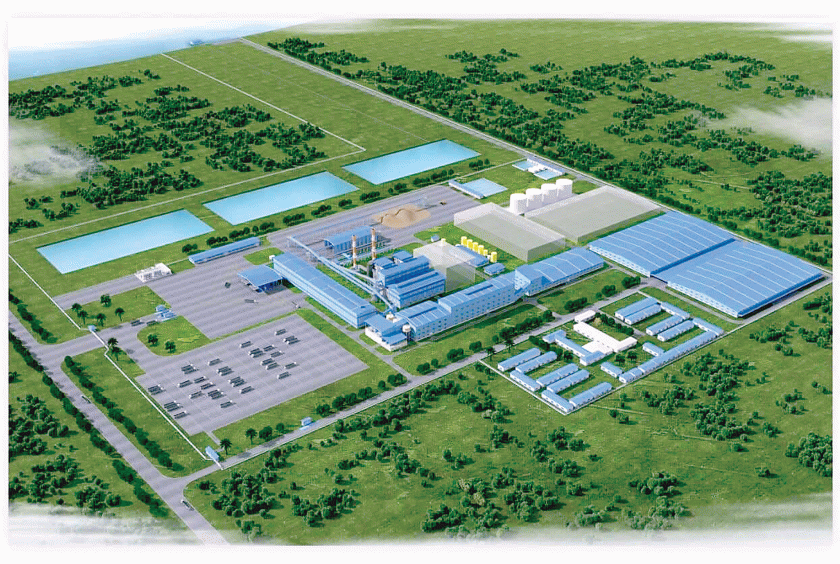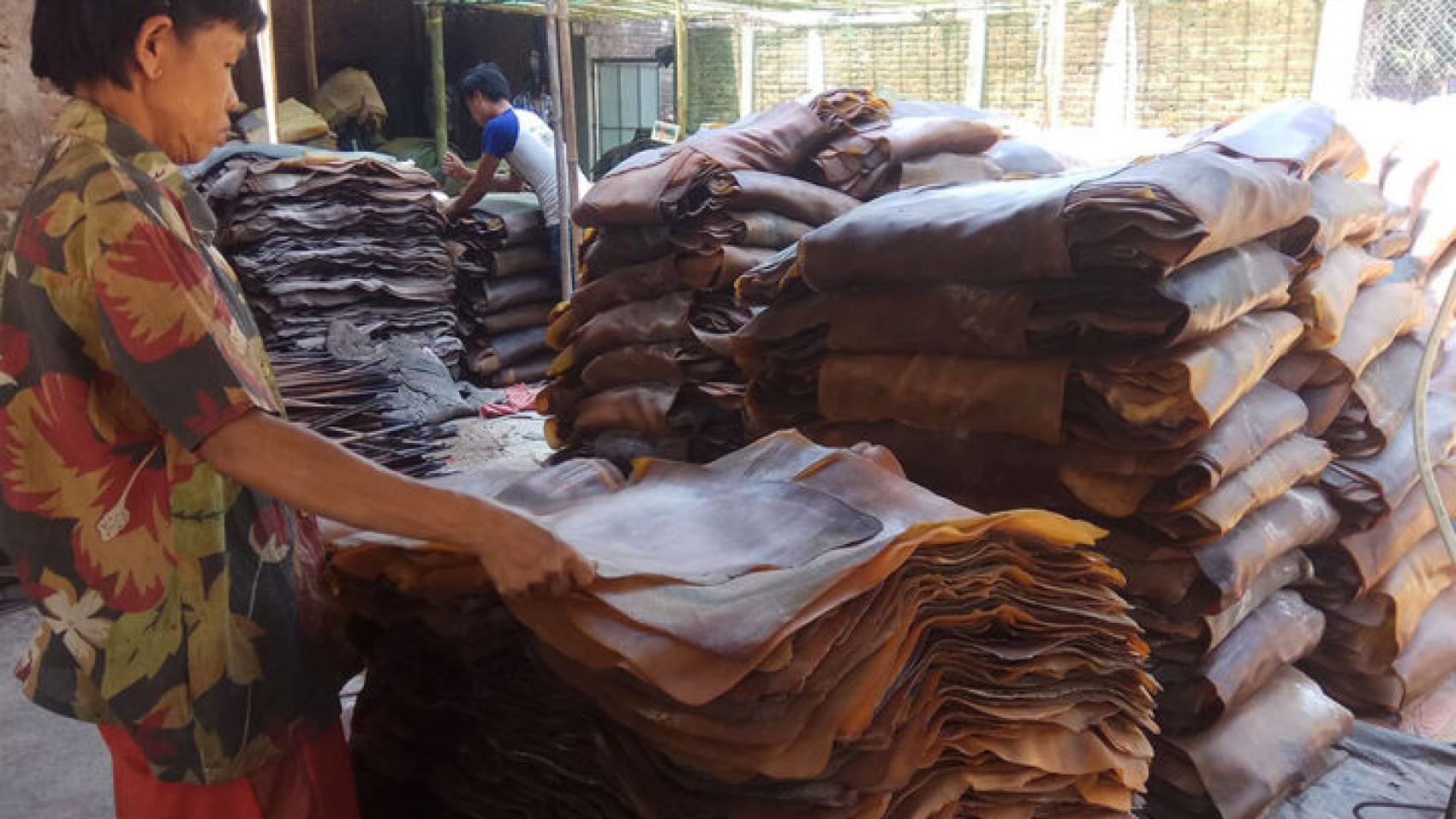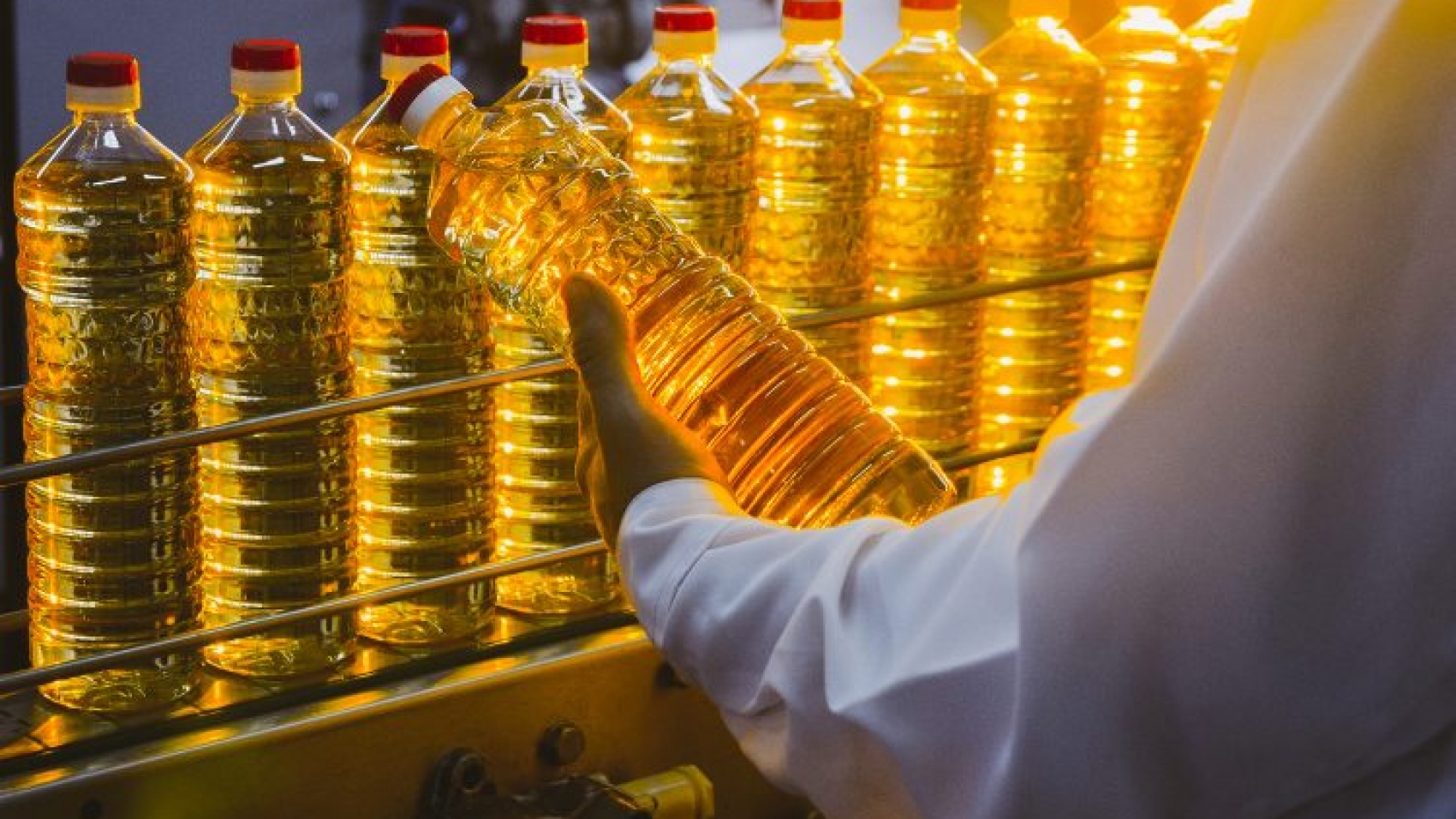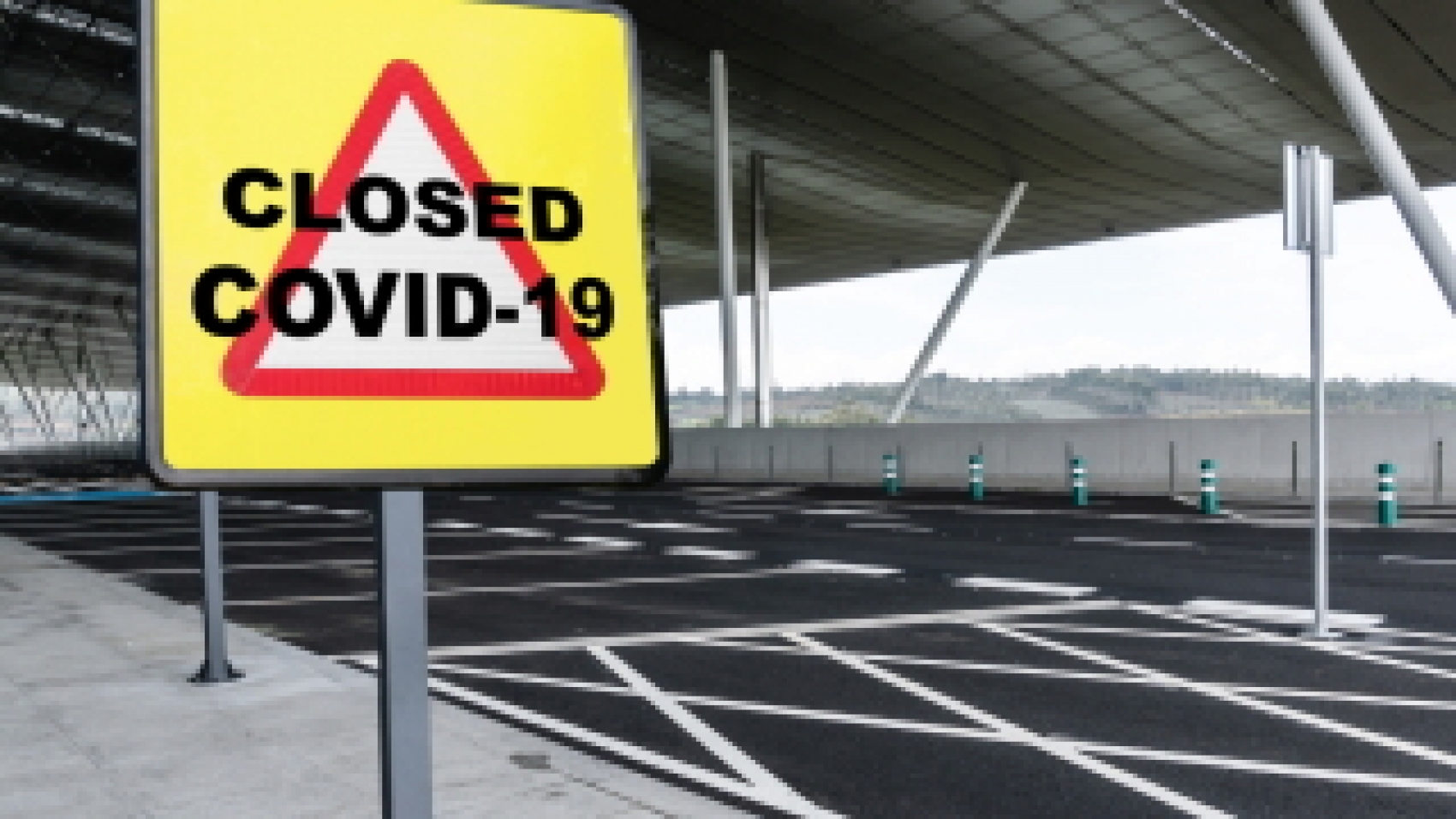Passengers travelling on state-owned Myanmar National Airlines flights can visit the website (www / flymna.com) and can easily book with digital payments through the application and call center. Payment for airline tickets with 3D Secure credit or Debit Card, payment by MPU Card, payment by Bank Transfer Payment can be made over the counters such as NearMe, G & G, abc convenience store, City Express and Oasis through 123 Service. Customers who use Mobile banking / i-banking can pay using KBZ Direct Pay, CB Web Pay, AYA Mobile banking, UAB mobile banking, MAB mobile banking.
Passengers on international flights of the state-owned Myanmar National Airlines will be tested for COVID-19 at Yangon Airport Molecular Lab. State-owned Myanmar National Airlines has announced flight schedules for next May, all of which will be operated by Embraer 190 and ATR 72-600 aircraft. Of the five domestic airlines, all airlines have resumed domestic flights and passenger flights have resumed, according to domestic airlines. Among the domestic airlines, state-owned Myanmar National Airlines and Air KBZ are resuming domestic flights, while GMA and Man Yadanarbon Airlines are operating only Yangon-Sittwe routes.
In May, 2021, there will be flights of Myanmar National Airlines from Yangon to Mandalay, Heho, Kyaing Tong, Sittwe, Myeik, Bote Pyin, Dawei, Kyaukphyu, Loikaw and Kalay. According to a statement from the Ministry of Health and Sports, all passengers on domestic flights will no longer need to undergo the COVID-19 test and will have to comply with other health standards. According to the statement, passengers on domestic flights can apply for a ticket at a local ticket office or at a local ticket office. They will be able to purchase regular flights without having to endorse online or in accordance with the health standards.
Passengers may be exposed to suspected COVID-19 fever, whooping cough, sudden loss of odor, or contact with an infected person within two weeks. And only those who are free of all symptoms and conditions will be allowed to travel. Passengers are required to abide by local orders when the aircraft arrives in their respective cities. The COVID-19 medical check-up for passengers on rescue flights and domestic flights of state-owned Myanmar National Airlines (MNA) and International Myanmar Airlines (MAI) will be available at Yangon Airport Cargo Warehouse and N Health Laboratory, according to the airline.
Source: Daily Eleven

